All bodies are not the same. All bodies do not move in the same ways.
AXIS Dance Company was founded more than 30 years ago by women who wondered how disabled and nondisabled bodies could merge in the realm of dance.
Today, the Oakland, Calif., group is the country’s most acclaimed physically integrated dance ensemble. The six dancers will perform Saturday at Ent Center for the Arts.
“Within the arts, disability culture has a lot to offer — a unique perspective and background,” says AXIS artistic director and choreographer Marc Brew. “It’s integral to moving art forms forward and moving our culture forward. In difference, there is beauty. Disability brings something different to the conversation, to the work.”
Brew has firsthand knowledge of performing as a disabled dancer. He was 20 and a student at The Australian Ballet School when a drunk driver hit the car he was in, killing his three fellow passengers and leaving him paralyzed from the chest down.
Though it took some time, he continued his dancing career, going on to work with State Theatre Ballet Company of South Africa and Infinity Dance Theatre. He founded Marc Brew Company in 2008 and began to choreograph internationally for San Francisco Ballet School and Scottish Ballet. His first piece for AXIS, “Full of Words,” was performed in 2011, and he was named artistic director in 2017.
In its first Colorado Springs performance, the ensemble will perform three pieces. The first, featuring three dancers, is technically difficult, and while the dancers never make physical contact, they are connected throughout. Brew describes the hip-hop and contemporary ballet in the second work as “emotive and visceral.” Brew choreographed the final piece in 2017 as his way of making a mark on the company. It features original music by a hip-hop orchestra and makes the most of the physicality of the dancers.
When Brew works with a nondisabled dancer who’s dancing for the first time with a dancer in a wheelchair, he guides them to use their senses and to not be afraid.
“We don’t bite,” he says. “It’s about listening and being respectful. We do a lot of improvisation through the work and in making the work. That’s a great way without having to vocalize. We communicate through the body. We work together a lot, and that builds a lot of trust.”
Brew also has his company use people-first language to talk about disabled bodies, which means putting the name of the person first before the disability.
“An example is ‘Marc, who is in a wheelchair’ or ‘Marc, who is disabled,’” Brew says. “Or I just met ‘(dancer) DeMarco (Sleeper), and DeMarco has a disability.’ You wouldn’t identify someone as ‘the cerebral palsy guy.’ You’d say ‘Jack or Jill, who has cerebral palsy.’”
There’s another way of talking about disabled bodies: disability identity language, which means taking ownership over the disability and using words such as disabled and nondisabled.
“Some people identify as their disability. It’s part of their identity,” Brew says. “I would say I’m a disabled dancer or choreographer. Others might say I’m Marc and I’m a dancer with a disability.”
Contact the writer: 636-0270


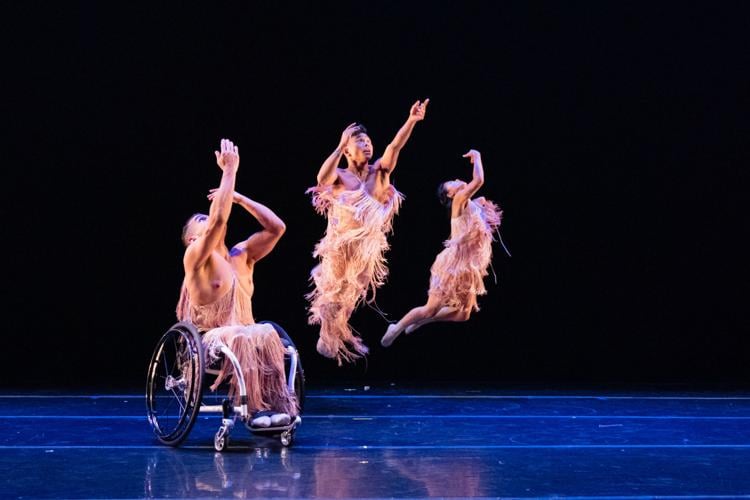

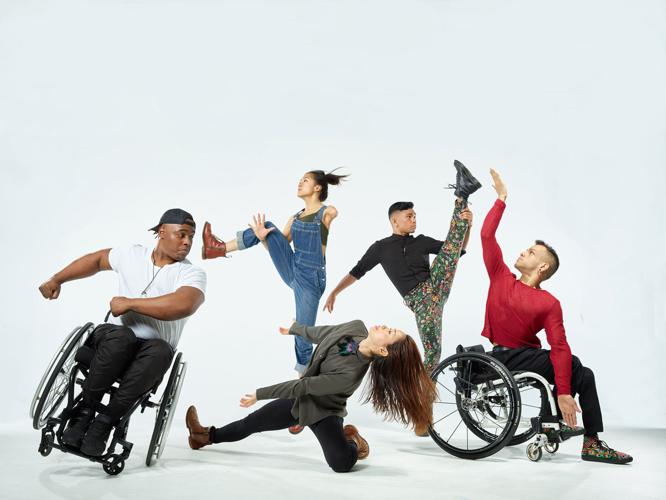
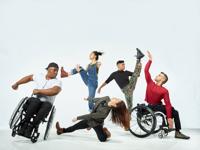



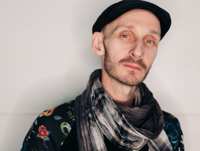





















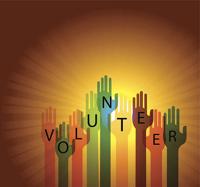


 Your Privacy Choices
Your Privacy Choices